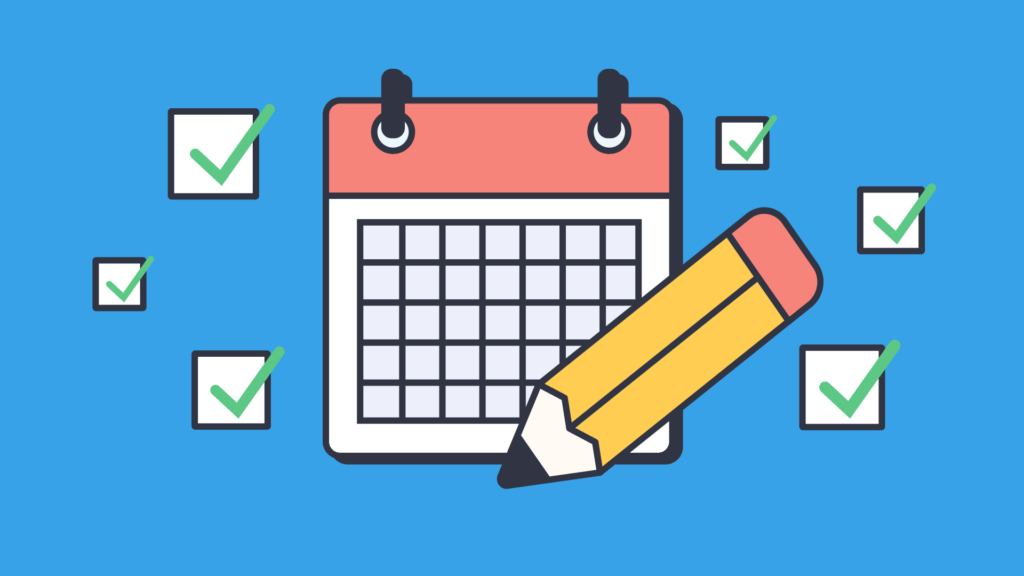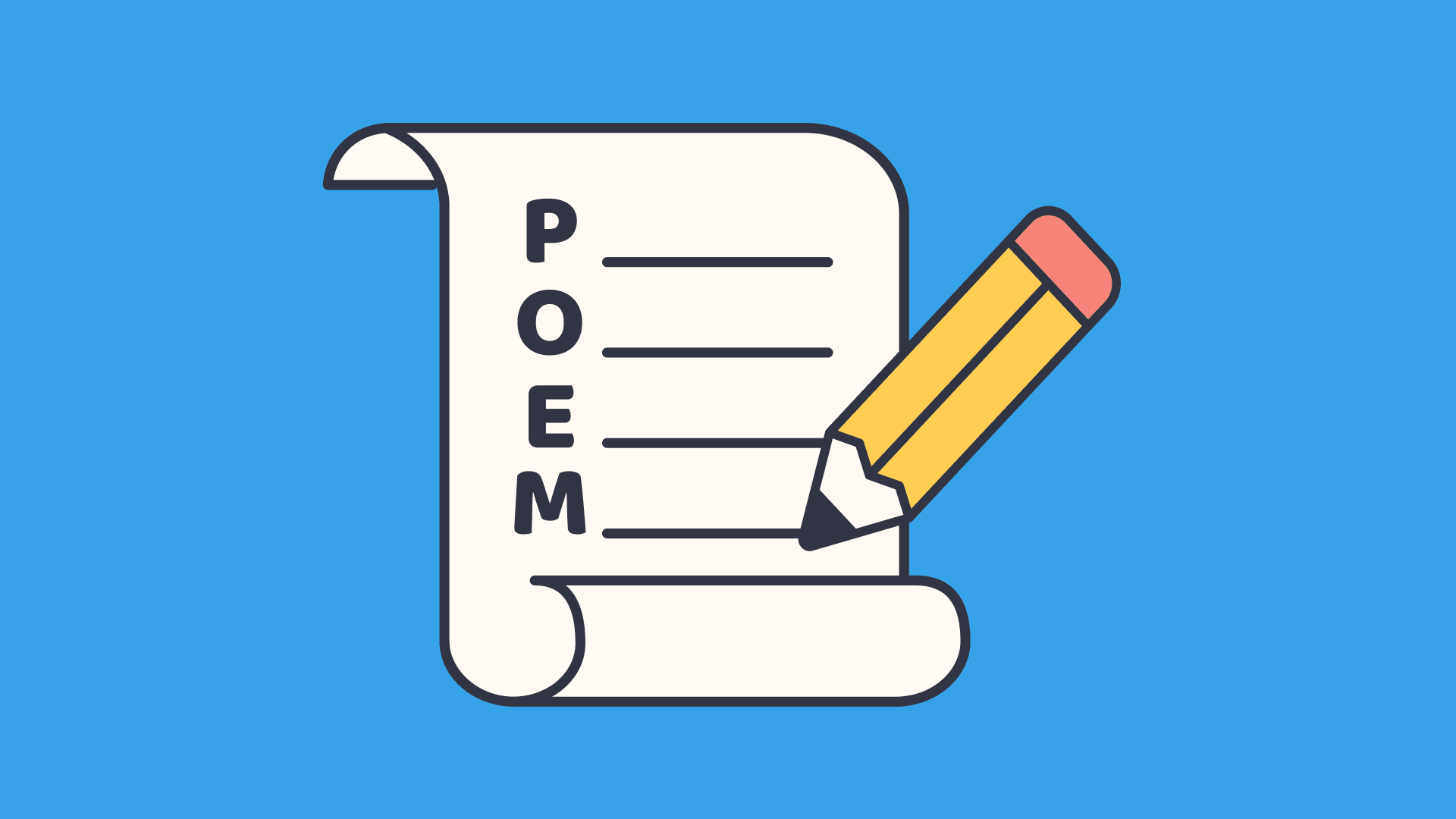7 Qualities and characteristics of a good teacher
In this guide
I was a teacher for 21 years, in four different states, in a variety of elementary and middle school settings. And here’s what I learned: there are some not-so-great teachers, and there are A LOT of amazing teachers out there.
They come from different backgrounds, training, experiences and styles. But, these amazing teachers tend to have many things in common. They are knowledgeable, prepared, approachable, and are constantly trying to improve and educate themselves.
This set of videos gives a great overview of what I believe are the key principles to being a good teacher: Instructional Practice: Essentials.
In my opinion, great teachers have these 7 characteristics:
1) You are a role model

I think one of the most important things to keep in mind as a teacher is the fact that you are in a role model position. Like it or not, being a teacher means that students are looking to you as an example of how adults behave.
So, as a role model, you need to demonstrate characteristics that we hope to see in our kiddos, like: empathy, caring, respect, etc. A good teacher tries their best to exemplify what a trustworthy and responsible adult looks like.
These two videos cover how to demonstrate and teach empathy in your classroom:
And this video guides teachers on how to show and teach respect:
It is a lot of responsibility, but I considered it an honor.
2) You are a cheerleader

I believe good teachers are outwardly encouraging to their students. And although, yes, I do mean encouraging them to be successful in the classroom, I also mean in other areas of their lives.
Since kids come from a variety of backgrounds and family dynamics, it’s important that teachers use their role as an opportunity to be there for their students, in the good times and the bad–both academically and personally. You might be the only adult in their life that does that.
This means celebrating with them when they read that chapter book, get all their spelling words right, finally understand that two-step equation, or create a beautiful art project. It also means high-fiving them when they make the basketball team, get first chair in orchestra, learn how to solve a Rubik’s cube, or they tell you they beat a difficult video game.
On the flip side, you’re there to support them when things don’t go well. It means a lot when teachers show compassion and sympathy during difficult times, too. You should cheer them on through times of adversity, like failing a test, not making the track team, etc.
I elaborate on examples of how to be a cheerleader for your students, in this blog: Reasons to Love Teaching: Be their cheerleader.
3) You help them grow

If you decide to be a teacher, I hope that one of your motivations is to help students succeed and learn. The purpose of a teacher is to teach, right?
So, I believe one of the traits of a good teacher is that you want to help them grow. You aspire to be a guide, as they gain new skills and build on what they learned previously.
Growth is about the journey, as it is not always easy to learn new skills, or when the learning becomes more advanced. So, as their teacher, you should be “the guide on the side”, providing them with tools and support, so they can continue to learn and grow.
Even at a young age, students can monitor their progress and see how they’ve changed and grown. What a wonderful thing, to be a part of their journey through learning.
4) You are patient and kind

I’m sure you’ve heard the saying, “patience is a virtue”. And it is so true, especially in teaching.
Does that make it easy all the time? Absolutely not. As a teacher, your patience will most likely be tested on a regular basis. But, it is important to do your best to be patient with your students. That means not flying off the handle every time a kid gives attitude, gets rowdy, makes a mess, or is even straight up defiant.
This requires the ability to stay calm, even when a student may test you or push your limits. This might mean stepping away, or some breathing techniques. I elaborate on this topic in a separate blog entry: Behavior Management: Staying calm.
Being patient also means wait time. When you ask the class a question, pause and give time for them to think and process what you’re asking. Or, even once you call on a student, you might need to wait for them to form their thoughts into an answer.
And I believe kindness goes along with patience, it’s like a packaged deal. If you’re being patient, you’re also trying to be kind in the process.
I hope that one of the things that my students remember about me is that I was kind. I tried to be nice to them, even if they made me crazy sometimes.
To me, kindness means being empathetic, friendly, treating them with respect and doing nice things for them. I always felt that you never really know what your students are going through, and they may not see or feel kindness outside of school.
For me, that meant making sure my students always felt emotionally safe in my classroom. If they needed someone to talk to, I would be there (or would make sure they had someone to talk to).
It also meant keeping snacks in my room, just in case a kiddo was hungry. Whether it’s because they didn’t have breakfast or lunch that day, or they’re just extra snackish that day, I wanted them to know I was there. They knew they could come to me, if they needed a granola bar or a chat.
For kids, being patient and kind can go a long way. Trust me, they may not remember the content you taught them, but they will remember how you treated them.
5) You build relationships

Building on the idea of patience and kindness, I feel that teachers need to go further than that. To be a good teacher, I think you should try to build relationships with your students.
They want to share their lives with you. If they sense that you’re open, they’ll tell you about their school play audition, their baby sister’s antics, their new dog’s funny bark, how they went hiking last weekend, or maybe even that their parents are getting a divorce.
As a teacher, I tried my best to create these connections with my students. I felt it was essential to being a reliable adult for them. It also helped with classroom management.
Trust me, kids that like you and feel like you actually know them are more likely to make the right choices. I speak about that in my blog: Behavior Management: Building relationships.
I would also add that establishing those relationships with students can lead to future friendships. I keep in contact with numerous former students, and it’s all because of the type of teacher I was for them. In this blog, I talk more about this: Reasons to love teaching: Create lifelong connections.
6) You are predictable and organized

I can proudly say this was definitely where I shined. I thrive on organization, and it was reflected in every classroom I ever had. (In fact, I had several not-as-organized teachers tease me about it over the years!)
And I always believed that students appreciated that about me. From the first moment they walked into my classroom, they could see that I was well put together and knew what I was doing.
Items were placed in baskets, bins and on shelves. Things were labeled. No clutter. Everything had its place.
Kids knew where to turn in assignments. They knew where to get a tissue. They knew where I kept colored pencils. They could see where I stored my whiteboard markers.
I felt that this sent the message that my room was not chaotic or messy. This gave them a feeling of order and stability.
This is not to say that you’re not a good teacher if you don’t keep an orderly classroom, but I do believe it helps. You could almost see a student let out a sigh of relief when they walked in.
I also believe that organization includes routines. Do students know what to do when they walk in? What are they supposed to do when they finish an assignment? Are there certain hand motions or words that signal transitions or certain procedures?
Kids need predictability. And if they know what is expected and how things are run in your classroom, they’ll appreciate you for that.
I would also add that being organized means you put thought and time into pacing your lessons. It takes practice and experience, but if you demonstrate knowledge of time management within what you’re teaching,
I believe this shows predictability, and that you know what you’re doing. And if you are able to keep the lesson going at a reasonable clip, it will also help diminish behavior issues.
Now, don’t get me wrong. I’m not saying that if you have stacks of papers behind your desk or you don’t have a labeled bin for crayons or your lesson takes too long, that you’re not a good teacher. There are some amazing teachers that are definitely not Type A personalities. I’m just saying that if you send the message to your students that you are organized, this could help your students be at ease.
7) You are always learning

Lastly, I believe being a good teacher means you’re always learning and willing to adapt. I think you never stop seeking knowledge and ways to improve your teaching abilities.
This means you’re constantly searching for strong teaching methodologies, creative ideas, and pointers from others. This could range from the best way to assess your students, to making sure what you’re teaching is relevant.
These ClickView videos tackle those ideas:
I tried to use a variety of resources on a regular basis, to learn from others and improve my craft. I watched videos. Read articles. Discussed with colleagues. Attended training. There was always more to learn.
This is the tricky thing about teaching for as long as I did: you are an expert that can definitely give sage advice to those just starting out, but you might also find yourself to be out of touch with current ideas and philosophies about teaching.
You cannot let yourself get stagnant or stuck in your ways. I saw that too many times, where the older teachers refused to be flexible in their thinking, or adapt to new concepts and approaches. This does not benefit you or your students.
There are some steadfast and true techniques in teaching, no doubt. I held onto some of my theories and practices my entire career. Nothing wrong with that. But, if you’re a good teacher, you are also willing to seek out new knowledge and never settle for just doing what you’ve always done.
What all great teachers have in common
Over my career, I have worked with a plethora of teachers, all with different styles, priorities and approaches. Some, not so good. But so many were amazing. And they all seemed to have in common the idea that they wanted what was best for their students, and did not take their role as a teacher for granted.
It’s an honor to be amongst this special group of people that have been in this profession. And I thank all of those great teachers for being amazing examples for how I ran my classroom for all of those years.

Rebecca Robison
briefcase iconEducational Consultant/Middle School Teacher
Rebecca Robison is a former teacher with over 20 years of experience, ranging from 1st grade to 8th grade, and in multiple subjects. She retired from teaching in 2023, and has been working for ClickView ever since as an Educational Consultant and Blogger.
Other posts
Want more content like this?
Subscribe for blog updates, monthly video releases, trending topics, and exclusive content delivered straight to your inbox.












